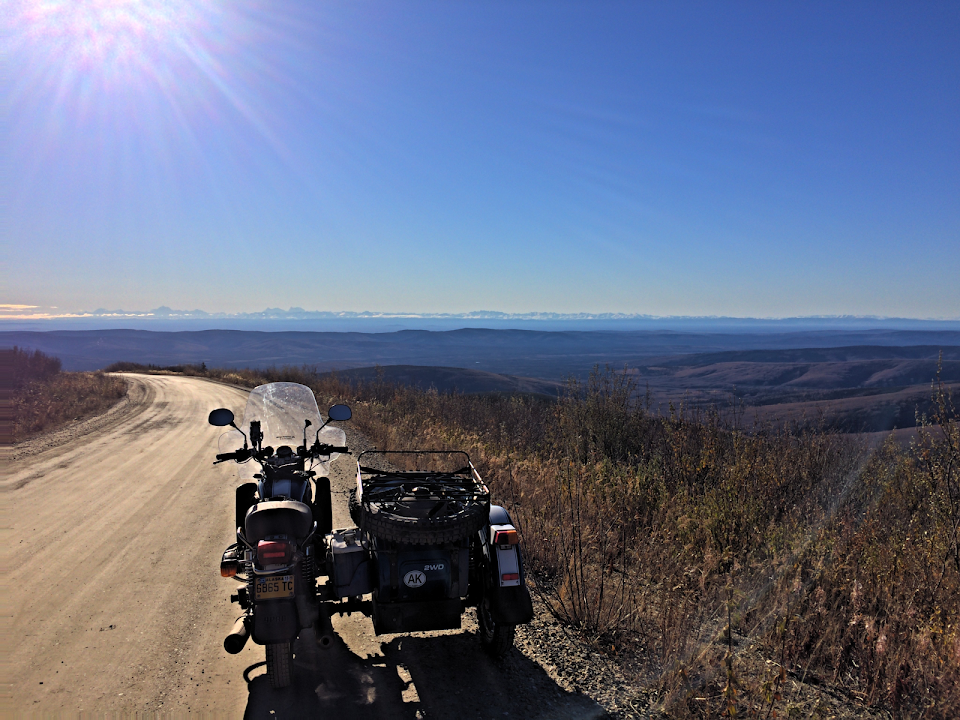Starting to get ready to head out again. One of the challenges was to find a way to carry the RV storage cover. As you may guess, it's huge. Originally, it was shipped in a moderately sized box in a vacuum bag. There was no way I am going to get it into a similarly sized box. Last spring, I kept looking for a plastic storage bin but there wasn't anything large enough that would still fit between the toolbox and the fifth wheel hitch and under the tonneau cover. So the cover didn't go down on the last trip and the fifth wheel RV isn't undercover right now while in storage.
While shopping for a hitch mounted cargo carrier (I ordered the Reese Explore ProSeries Rambler), I found that waterproof cargo bags were available to fit these carriers. The bag I ordered was 5' long, 21" wide and 20" to 24" high. The height of the toolbox is 20" so it looked ideal. The RV cover fits easily inside with room to spare without using the 4" expansion. The material seems to be heavy and where it touches the base of the fifth wheel hitch, I used foam pipe insulation to protect the bag from possible abrasion. The hitch carrier is rated for 500lbs and the plan is to put it on the back of the trailer. I could carry the RV cover back there or possibly the pedal assist bicycle.
The plan is to hit the road around the middle of next month. The pile of stuff in the garage is starting to grow. I had unpacked everything and have been using things such as tools throughout the summer. Identifying what I want to take down with us is going to be a challenge.
While shopping for a hitch mounted cargo carrier (I ordered the Reese Explore ProSeries Rambler), I found that waterproof cargo bags were available to fit these carriers. The bag I ordered was 5' long, 21" wide and 20" to 24" high. The height of the toolbox is 20" so it looked ideal. The RV cover fits easily inside with room to spare without using the 4" expansion. The material seems to be heavy and where it touches the base of the fifth wheel hitch, I used foam pipe insulation to protect the bag from possible abrasion. The hitch carrier is rated for 500lbs and the plan is to put it on the back of the trailer. I could carry the RV cover back there or possibly the pedal assist bicycle.
The plan is to hit the road around the middle of next month. The pile of stuff in the garage is starting to grow. I had unpacked everything and have been using things such as tools throughout the summer. Identifying what I want to take down with us is going to be a challenge.





























